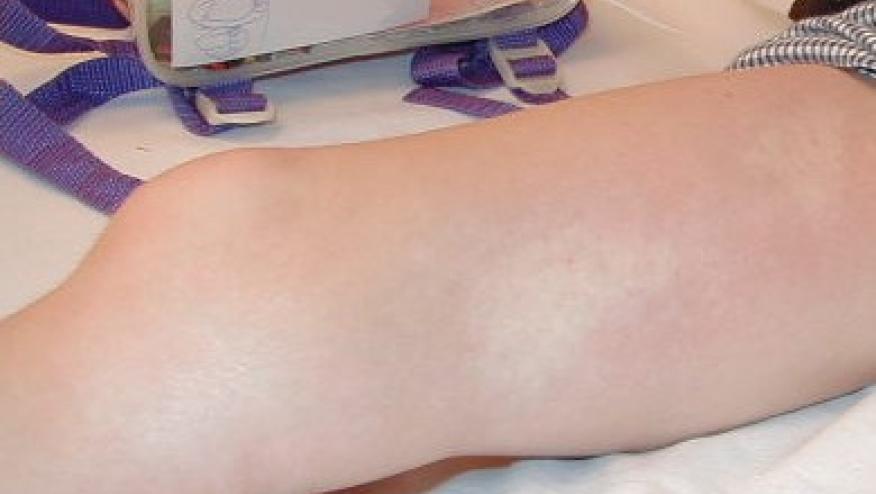Increasing Incidence of Morphea Save

A large EMR cohort study of over 10,000 patients with morphea (localized scleroderma) sheds light on the increasing prevalence of morphea.
Previously, the only population estimate was from Olmsted County, Minnesota, before 1993, with an incidence rate of 0.27 per 10 000 population, and about a 0.3% increase annually from 1960.
The current cohort was derived from two sources; active medical records from health systems participating in the TriNetX US Collaborative Network (2018 to 2020) and also adults < 65 years in the IBM MarketScan Commercial Claims and Encounters database. They reported the annual incidence and prevalence rates of morphea (defined by ICD-10 codes L94.0 or L94.1) over 2019 and 2020.
They identified 10 276 morphea patients (mean age 557 years; 90% female) and 6141 patients (mean age, 46years; 69% female) from the two datasets. In TriNetX, 82% were white.
The incidence rate (<65yrs.) was 1.49 and 1.37 per 10 000 patients. The prevalence rates were 6.58 vs 4.08 (per 10k) in TriNetX vs MarketScan; substantially higher with age for females.
This current estimate is approximately 4 times the rate seen Olmstead County study. If the Olmstead County estimated annual increase of 3.6% per year was extended to 2019, the expected rate would be 1.28 , suggesting that the national morphea rate has continued to increase annually.
What is new is that the Olmstead County study reported no association of incidence and prevalence of morphea with age, and the current study shows increases up to age 64 years, mainly confined to women.










If you are a health practitioner, you may Login/Register to comment.
Due to the nature of these comment forums, only health practitioners are allowed to comment at this time.